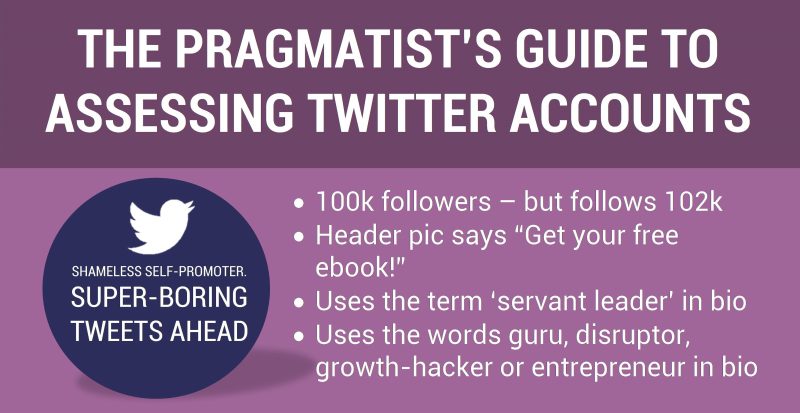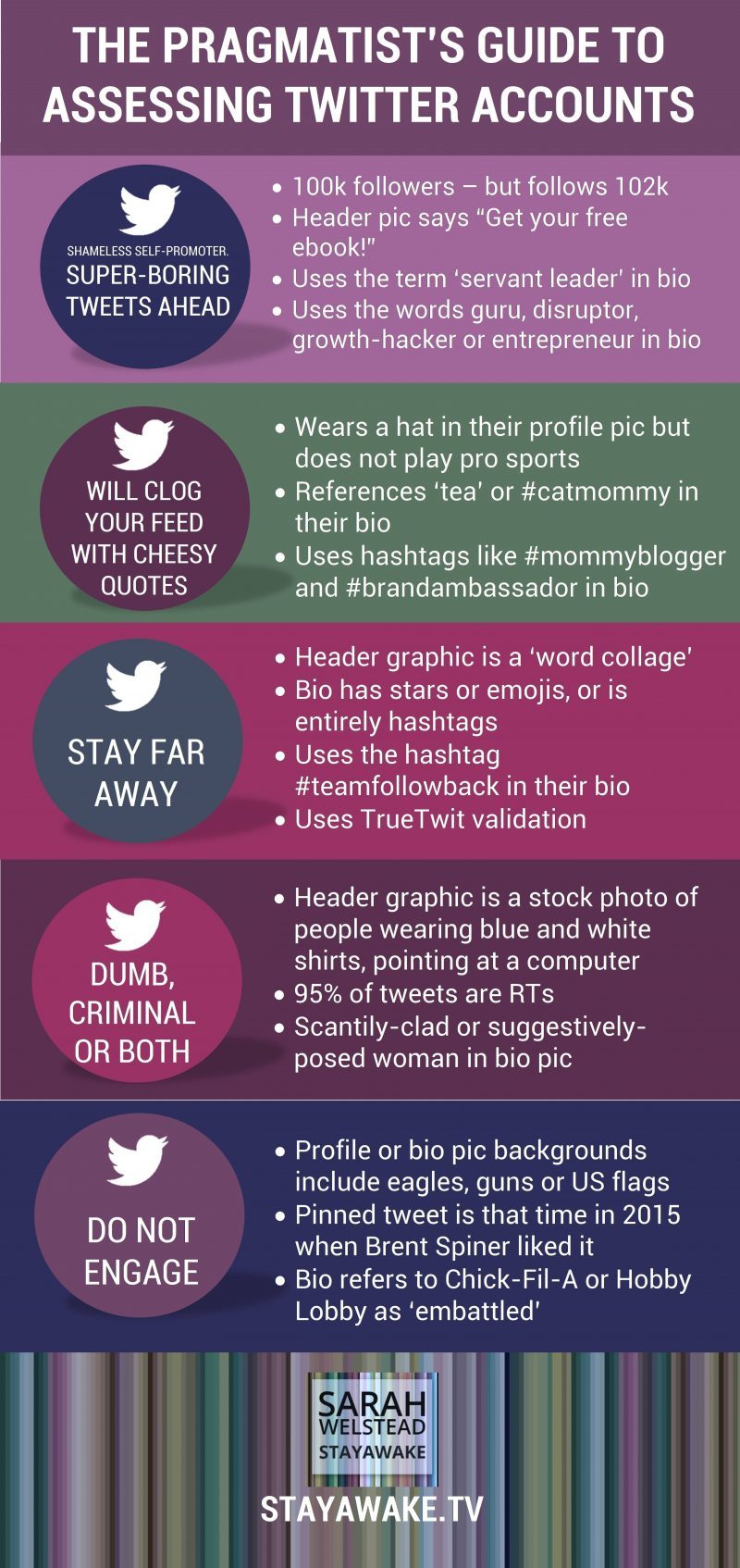Reviews are important. Should you get obsessive about them?
The other day, a client called me up in a panic. “Someone left us a bad review on Google!” she cried. “We need to get that taken down right now! It’s going to ruin my business!”
When I took a look, I discovered that the situation wasn’t quite as dire as she had indicated: The ‘bad’ review was actually 3 stars, which is more ‘average’ than ‘terrible’; the comment was one of those vague “They didn’t make me feel special enough” whines that people feel entitled to make in these days of Customer Engagement; and it hadn’t triggered a tsunami of “Yeah, they suck!” reviews to follow.
More importantly, my client’s business already had 47 previous reviews, almost all of which were 4 and 5 stars. So the 3-star review didn’t really affect their average too much, and even the most casual skim-through the client’s review history was enough to convince anyone that the ‘bad’ review was an anomaly.
However.
Online reviews are important. As the infographic below points out, 88% of consumers trust online reviews as much as personal recommendations – and they really trust personal recommendations.
This is particularly true for B2C transactions with a large amount of emotional investment attached: People will be less put off by a negative review for, say, a mainstream brand of toothpaste than they will for something that means a great deal to them, like a wedding-related service. After all, buying one dud tube of toothpaste isn’t going to affect The Rest of Your Life the way an inedible wedding cake might.
So what did I tell my client?
First, not to worry too much about one ‘bad’ review. Second, to respond to the bad review by writing her own, addressing the specifics the reviewer had mentioned. At the very least, it makes it clear to other readers that she pays attention to, and cares about, what her customers think. I also told her to encourage satisfied customers to leave their own, positive reviews – thereby pushing down the bad one and making it even more insignificant than it already was.
And then I told her not to worry about it any more. It wasn’t really that bad, it doesn’t indicate a pattern of terrible customer service, and the truth is there will always be someone who goes away grumpy, no matter what you try to do for them. And anyway, if you saw a business with nothing but stellar 5-star reviews, wouldn’t you think they’d just written them themselves?




